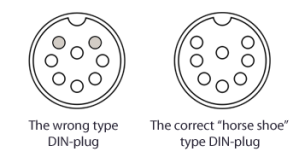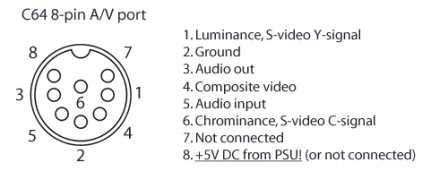Continuing presenting some of the graphics I’ve done for the Commodore 64, this article revolves around my latest picture and how to view it – in technical sense.
This picture is a bit different, since it’s made for old PAL C64 with so called “old lumas”, which I covered in my previous post. In other words I’m making use of the slightly different color palette found in early C64s. And not only the palette, I’m also exploiting the color bleeding introduced by the PAL color encoding. The result is that the picture appears to be more colorful than one might expect from the 16-color palette of a C64.
This picture requires a specific hardware setup. Namely a PAL C64 with early 6569R1 VIC-II chip. A real C64 is needed, or alternatively, an emulator or viewer that can simulate the effect of PAL color encoding/decoding while supporting the old lumas. The reason is that with this picture I’m exploiting color bleeding together with the different color palette.
Screenshot taken using an emulator with old luma settings and PAL video encoding emulation.
Work process
Working on this piece started on Excel. I wanted to have a proper palette for the old luma colors, so I ran the same calculations that Philip “Pepto” Timmermann has made, but using the old luminance values. This way I got an old luma version of the so called pepto palette. A link to palette at the end of the post. Read the rest of this entry »





 Posted by ilesj
Posted by ilesj 



